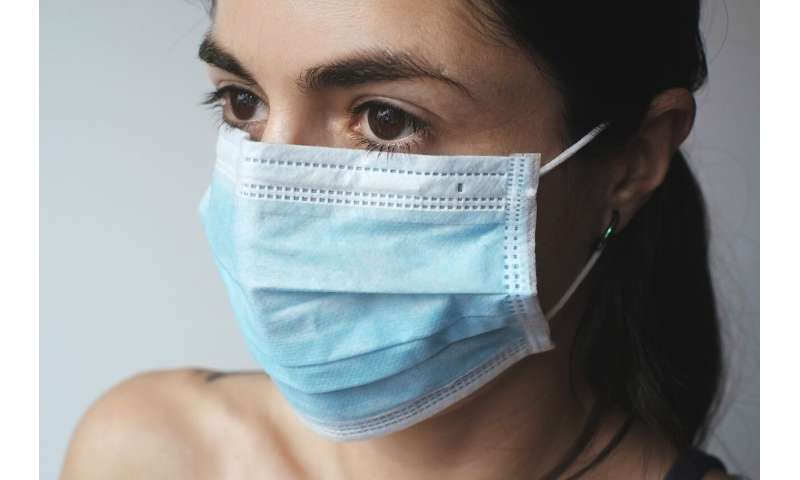
Intensive care units are at the frontline of the struggle against coronavirus. Now, doctors have issued the first guidance on what works and what doesn’t in treating critically-ill COVID-19 patients in intensive care. This new guidance, developed by international experts from the European Society of Intensive Care Medicine, also details precautions which medical staff need to take to avoid being infected themselves.
ESICM President-Elect, Maurizio Cecconi (from Humanitas University, Milan, Italy), said: “Many patients with COVID-19 suffer from acute respiratory failure, requiring invasive mechanical ventilation in intensive care units (ICU). Italy, the most affected western country, reports that 12% of all coronavirus positive patients are critically ill and require ICU treatment. ICUs are under huge pressure and intensive care specialists all over the World are working to increase ICU capacity and provide high quality care.
“This is the first guidance to lay out what works and what doesn’t in treating coronavirus-infected patients in intensive care. It’s based on decades of research on acute respiratory infection being applied to COVID-19 patients. We make 50 recommendations, with the most important ones relating to the need to ventilate the patients. These are people who have lungs which are failing through pneumonia caused by the coronavirus, and we need to help them through. Giving them oxygen in a ‘protective lung strategy’ can buy them time.”
The guidance is aimed at hospital clinicians managing critically ill adults with COVID-19 in the intensive care unit. The target users of this guideline are frontline clinicians, allied health professionals, and policymakers involved in the care of patients with COVID-19 in the ICU. It is internationally relevant.
Professor Cecconi said, “There is no specific cure for this virus, all we can do is nurse people through the worst of the infection, and give them time to recover. It is also important that governments put in place public health measures to try to slow down the infection rate; this is necessary to avoid ICUs being overwhelmed. This is a disease that didn’t exist just a few months ago, so we need to review all possible evidence to ensure that clinicians can use what actually works. We need to make sure that doctors are aware of which treatments are useful and appropriate.”
Intensive care doctors are bearing the brunt of the struggle against COVID-19, with ICUs either near capacity or overflowing in many countries. In Italy, which is at the frontline of the epidemic in the West, almost 9% of positive coronavirus cases are health workers. This means that they themselves have to stop work to avoid passing on the virus.
Professor Cecconi said, “At the same time as caring for patients, we need to make sure that health workers are following procedures which will allow themselves to be protected against infection. We must protect them, they are in the front line. We cannot allow our healthcare workers to be at risk. On top of that, if they get infected, they could also spread the disease further. This is also addressed in the guideline.”
The new guidance is issued by the European Society of Intensive Care Medicine (ESICM), and the Society of Critical Care Medicine (SCCM) under the umbrella of the joint project Surviving Sepsis Campaign (SSC). ESICM represents around 9000 intensive care clinicians in Europe and internationally. The Guidelines convened a panel of 36 experts from 12 countries (not just in Europe), to respond to questions relevant to the treatment of COVID-19 in intensive care. It is published today in the peer-reviewed journal Intensive Care Medicine.
Source: Read Full Article
